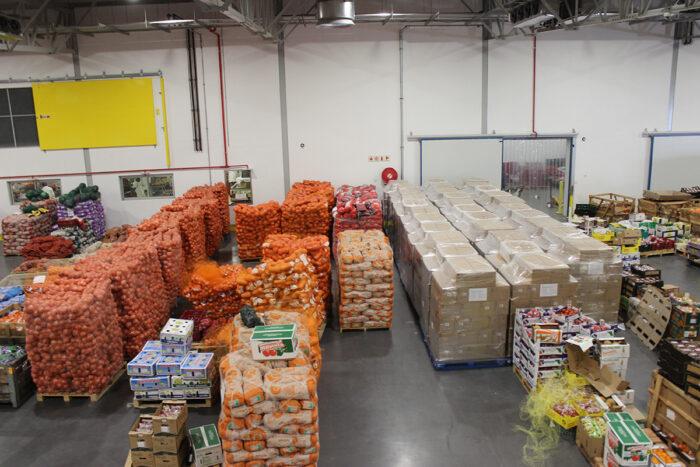
The fresh produce industry faces unique challenges in managing inventory. Unlike other industries, the freshness of their product is of paramount importance and thus requires specialized methods for tracking and ordering.
This article will explore some of the common inventory challenges in the fresh produce industry and offer suggestions on how to address them.
To better manage your inventory, consider investing in solutions like https://usesilo.com/products/inventory-management, which help you track your produce and expenses in one place. You’ll be provided with greater visibility to better leverage accurate data.
The importance of inventory in the produce industry

The importance of inventory in the produce industry cannot be overstated. Produce must arrive fresh, and any lapse in inventory control can lead to loss of sales, customer dissatisfaction, and food safety violations. To ensure that produce items are delivered in optimal condition, businesses need to ensure accurate tracking of stock levels and efficient ordering processes.
How to overcome common inventory challenges
One major challenge is predicting customer demand. Fresh produce has a short shelf life and customers must be able to count on the consistent availability of products. To manage this, you need to have an accurate picture of current inventory levels and understand customer buying patterns in order to make informed decisions about future orders.
Another challenge is managing food waste. Due to the perishable nature of produce, it is essential to ensure that items are ordered in the right quantities. Too much stock can lead to overstocking and make items unsellable; too little stock can lead to customer dissatisfaction and lost sales. To deal with this, an effective system needs to be in place for tracking stock levels and quickly replenishing orders.
Finally, produce businesses must also be mindful of food safety regulations. Produce items are often highly vulnerable to contamination and require careful handling. To ensure compliance with food safety standards, companies need to track inventory properly throughout the entire supply chain.
Tips for maintaining accurate inventory counts

To ensure accurate inventory counts, implement a comprehensive tracking system to monitor stock levels. This system should allow for real-time updates and provide detailed reports on current and past inventory levels. Additionally, companies can utilize technology such as RFID tags or barcodes to efficiently track individual items in their warehouses.
In addition to tracking systems, companies should also put in place a system of checks and balances to ensure accurate ordering. This can involve regularly double-checking orders, setting up automatic reorder points, or utilizing predictive analytics tools to anticipate customer demand.
Finally, in order to minimize food waste and achieve the highest levels of efficiency, companies should consider implementing just-in-time inventory management systems. These techniques allow companies to order items on an as-needed basis, eliminating the need for large stockpiles of produce.
Strategies for dealing with out-of-stock situations
When stock runs out, it is important to know how to quickly and effectively replenish inventory. To minimize downtime in these situations, companies can create an emergency plan that outlines who is responsible for restocking and how orders will be placed.
Businesses can also partner with suppliers who are able to provide quick turnaround times on orders.
Another strategy to deal with out-of-stock situations is to create a back-up inventory strategy. This can involve having items on hand in case of emergency, stocking multiple warehouses, or utilizing a drop shipping service that can quickly source items from other locations.
Solutions for reducing waste and spoilage

Businesses should also strive to reduce waste and spoilage of produce items. One way to do this is by utilizing predictive analytics tools that can help anticipate customer demand and accurately manage stock levels.
Companies can introduce quality assurance processes for inspecting incoming shipments of produce and quickly identifying any potentially spoiled items.
The benefits of using a warehouse management system
Using a warehouse management system can help businesses greatly improve the efficiency of their inventory management operations.
By tracking orders, generating reports, and monitoring stock levels in real-time, companies can make more informed decisions about ordering and better anticipate customer demand.
An effective WMS can allow companies to minimize food waste by streamlining processes such as picking and packing items for shipment. Utilizing a WMS can help businesses reduce costs, increase sales, and improve customer satisfaction.
Conclusion
Inventory management plays an important role in the success of any produce business.
By implementing technology, tracking systems, and predictive analytics tools, companies can stay on top of inventory levels and keep customers satisfied with timely restocks.
Additionally, by reducing stock waste and spoilage, businesses can be more efficient while also complying with food safety regulations.
Utilizing a warehouse management system can help businesses keep track of inventory, increase efficiency, and reduce costs. With the right tools and strategies in place, companies can ensure that their produce items are handled with care from start to finish.








